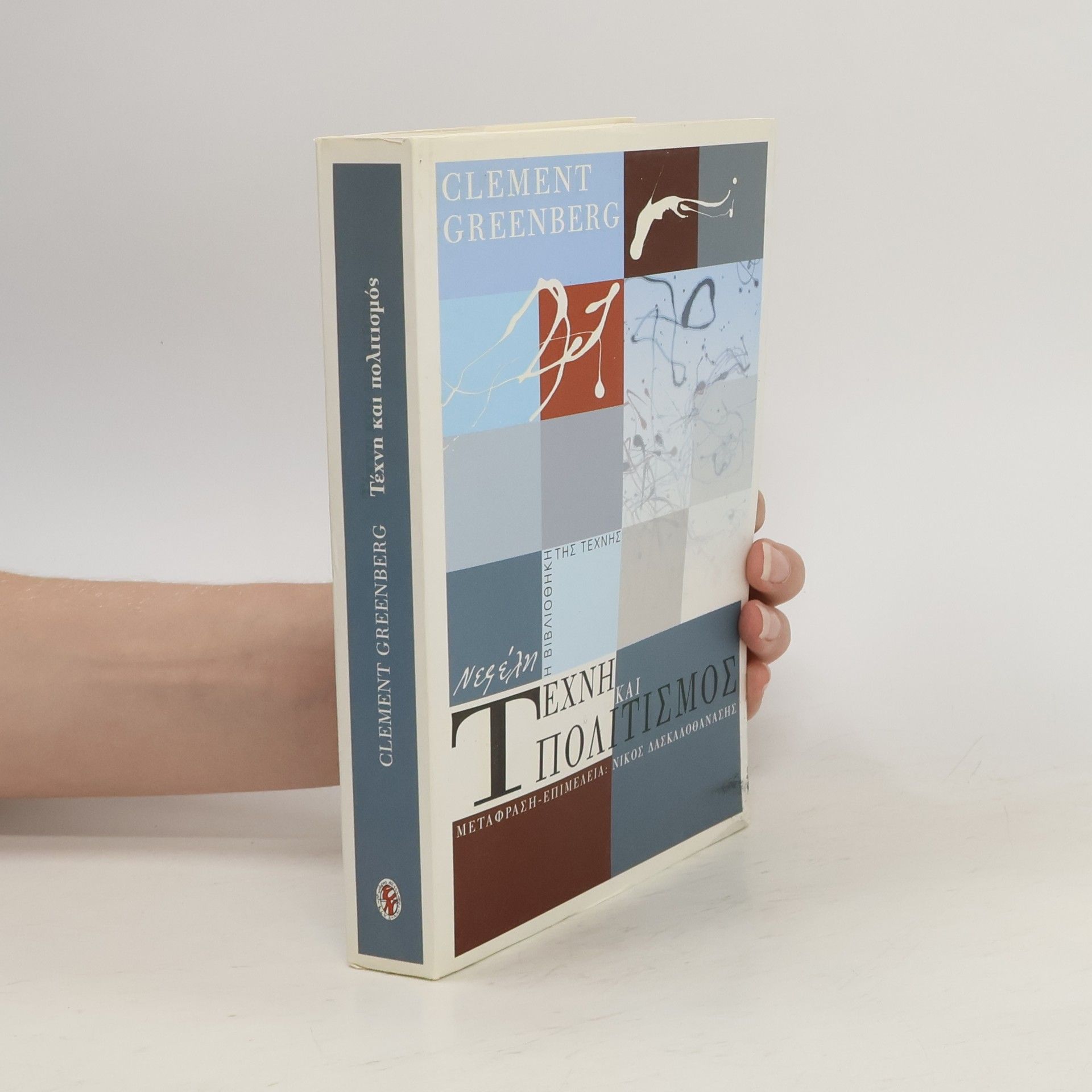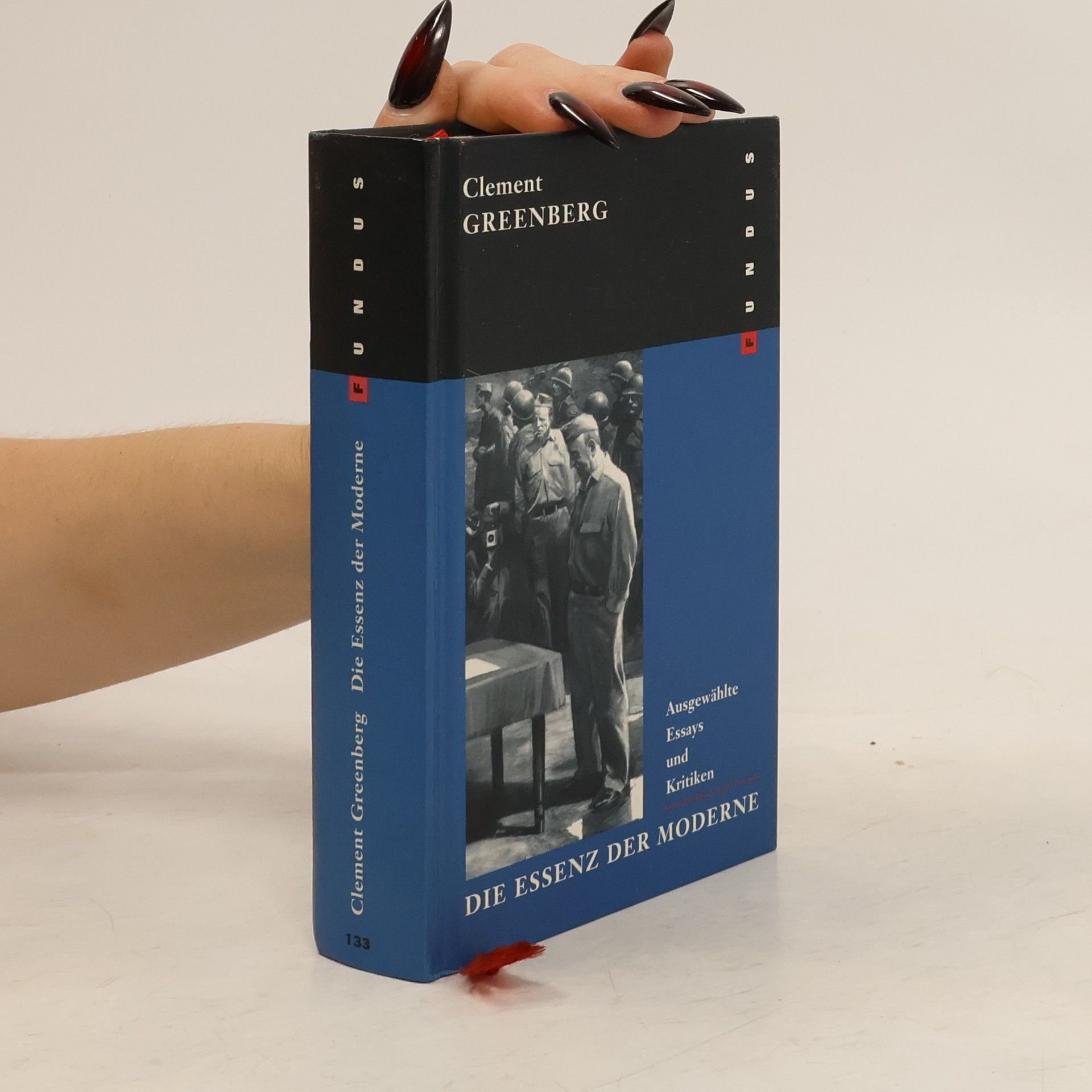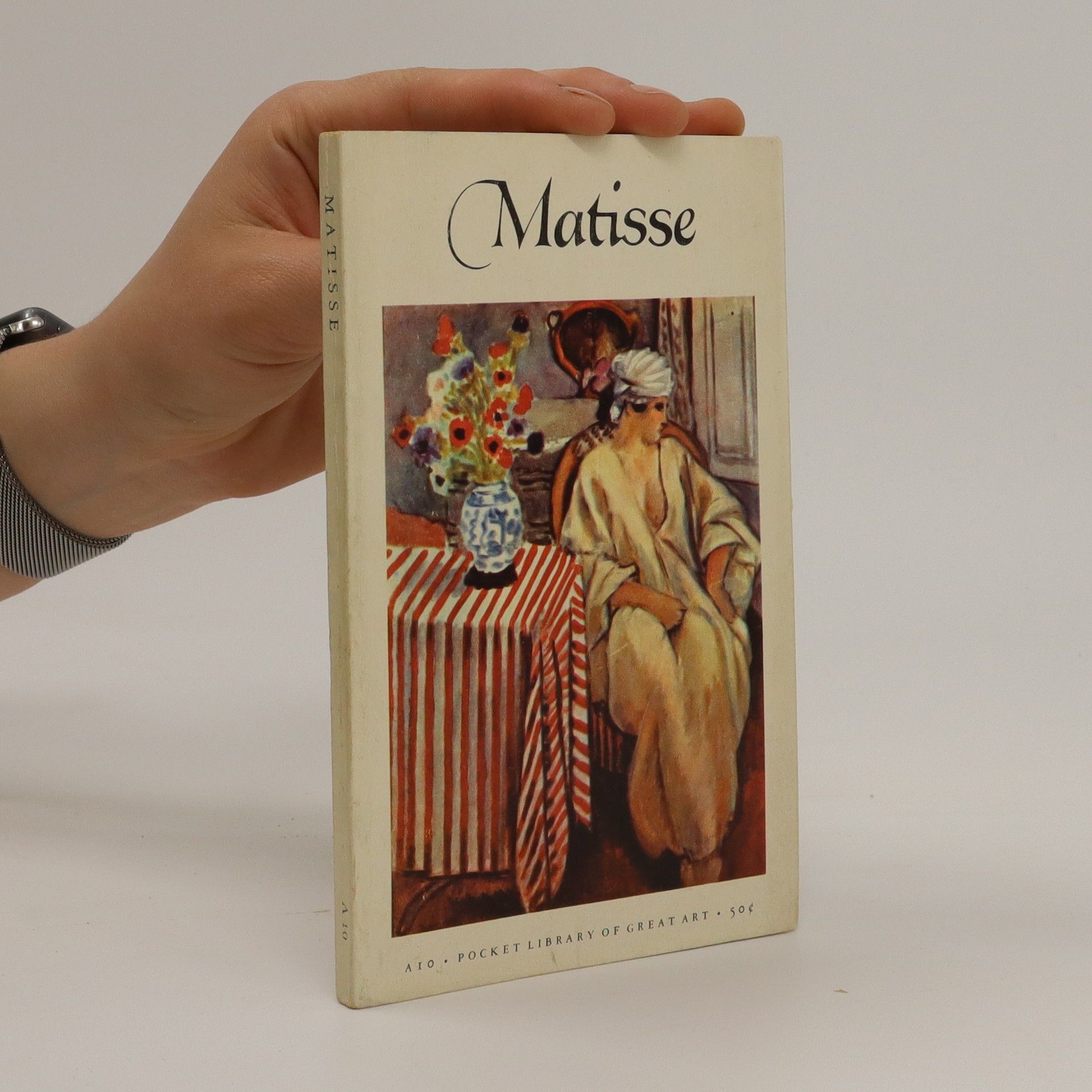Clement Greenberg kann wohl als der einflussreichste und sprachmächtigste amerikanische Kunstkritiker der Nachkriegszeit gelten. Wie niemand sonst hat er es verstanden, dem Denken über die Kunst – und sogar der Kunst selbst – eine Form und eine Richtung zu geben. Seine Essays und Kritiken, die vorwiegend in Partisan Review, The Nation und Arts Magazine erschienen, beeinflussten eine sich nach dem Ende des Zweiten Weltkriegs neu formierende Kunstlandschaft. New York wurde auch dank Greenbergs radikal formulierter unstauffassung zum neuen Zentrum der Moderne. Maler wie Jackson Pollock, Barnett Newman, Morris Louis, Kenneth Noland und andere bestimmten durch Greenbergs Fähigkeit, dieser radikalen Verweigerung alles Gegenständlichen und aller Funktionalisierungen im ideologischen Sinne eine Stimme zu verleihen, die private und öffentliche Sammlungstätigkeit der letzten fünfzig Jahre. Der Band liefert eine repräsentative Auswahl seiner Essays und Kritiken, z. B.: 'Avantgarde und Kitsch' (1939), 'Die gegenwärtigen Aussichten der amerikanischen Malerei und Skulptur' (1947), 'Nach dem abstrakten Expressionismus' (1962), 'Gegen-Avantgarde' (1971), 'Modern und postmodern' (1980) und ein Gespräch zwischen Saul Ostrow und Clement Greenberg.
Clement Greenberg Book order
January 16, 1909 – May 7, 1994
An American essayist, primarily recognized as an influential visual art critic closely associated with mid-20th century American Modern art. His work offers a penetrating gaze into artworks and their creators. His writing is valued for its depth and intellectual rigor. He is considered a pivotal figure in interpreting and shaping the understanding of modern American art.






- 2009
- 1974
- 1961
Parables and Paradoxes
- 190 pages
- 7 hours of reading
